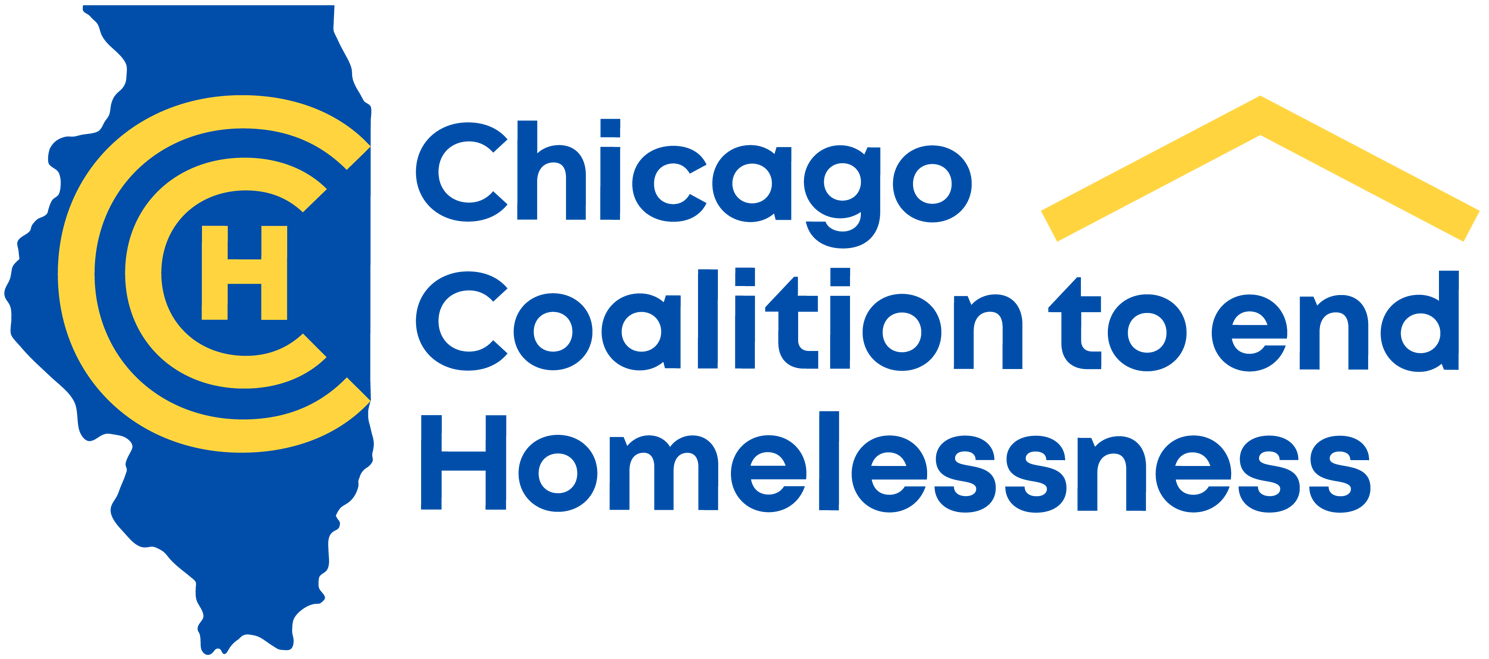
By Tessa Weinberg, June 7, 2024
More than 18,800 Chicagoans experienced homelessness on a single night in January — a threefold increase over last year that was largely driven by 13,900 asylum-seekers who had no permanent place to stay.
The estimates released Friday come from the city’s annual snapshot of the number of people experiencing homelessness on a single night. This year’s point-in-time count was conducted on Jan. 25 — shortly after the city saw its peak of the number of migrants it sheltered. During the count, 13,679 asylum-seekers were living in shelters, with 212 unsheltered.
Outside of the population of asylum-seekers, the number of people who were in city shelters or staying on the street saw an uptick to 4,945 — a 25% increase from the 3,943 “non-new arrivals” who were sheltered and unsheltered last year.
Of that demographic, Black Chicagoans experienced higher rates of homelessness, with 72% identifying as Black, compared to Black residents making up roughly a third of the city’s population.
Overall, 18,836 people were experiencing homelessness compared to 6,139 during last year’s count. Around 30% were children under 18.
The figures underscore why the city has tried to build capacity to resettle the more than 43,000 migrants that have arrived to Chicago while also working on strategies to end homelessness, said Maura McCauley, managing deputy commissioner for the Chicago Department of Family and Support Services.
“Those things have been happening together,” McCauley said. “One didn’t stop in order to serve another population.”
The federal Department of Housing and Urban Development, which mandates the counts, defines a person experiencing homelessness as someone who “lacks a fixed, regular, and adequate nighttime residence.” The counts capture a static picture, but it’s among the ways to estimate the number of people experiencing homelessness. When accounting for those living “doubled up” temporarily with others, the Chicago Coalition for the Homeless estimated there were 68,440 people unhoused in Chicago in 2021, for example, compared to just 4,477 reported during that year’s point-in-time count.






